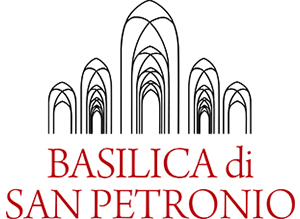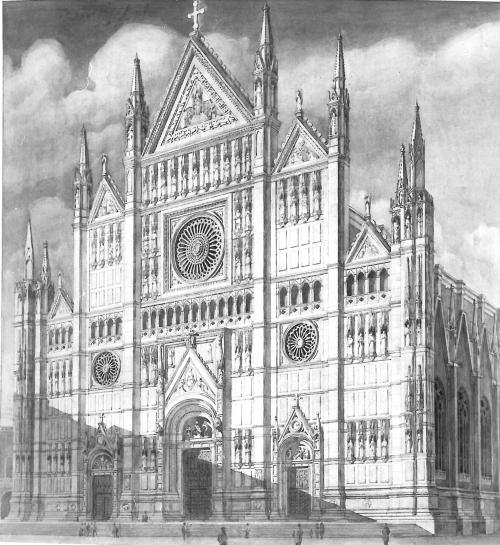THE BASILICA’S HISTORY
The construction of the Basilica was prepared by “Consiglio Generale dei Seicento” at the end of the year 1388, with effectiveness from January first, 1389, as a thanking for the recovered freedom. For this reason, the church was built since the beginning not as Cathedral, but as a civic and votive temple.
Because of its characteristic traits, the Basilica couldn’t have been anything else than the forum for all demonstrations of public religiosity and citizens’ spirit.
Since 1393 the festival of st. Petronius was not only religious, but also an opportunity for the citizens to show their devotion to the city of Bologna.
The Basilica has always welcomed popes and sovereigns that have transited through the city. Within the sovereigns, some were: Emperor Frederick III (1452), Francis I King of France (1515), Emperor Charles V (1529, 1530, 1532), Maria Casimira Queen of Poland (1699), Duke of Modena Rinaldo d’Este (1702), the King of Sardinia and Duke of Savoia Carlo Emanuele (1785) and the first king of united Italy, Vittorio Emanuele ll (1860).
Among the events of historical importance the crowning of Charles V (24th February, 1530) and the ninth and tenth edition of the Council of Trent (21st April and 2 June, 1547) emerge. The first stone was placed on June 7, 1390 after the demolition of the entire block located at 12 o’clock of Piazza Maggiore. The supervision of work was entrusted to Antonio di Vincenzo, born around 1350. From 1382 he had already had numerous commissions of works for the municipality, in which he also held a public office. Between 1391 and 1401 the facade and sides were built for the space of 4 chapels for each side, the two smaller aisles were covered by vaults, the base was implemented and erected and a provisory apse was erected before the two smaller apses.
The death of Antonio di Vincenzo between 1401 and 1402 did not slow down the works, which continued to proceed according to the project.


